Ways to Lower Your Heating Bill: 12 Tips & Tricks
-
Pete Ortiz
- Last updated:
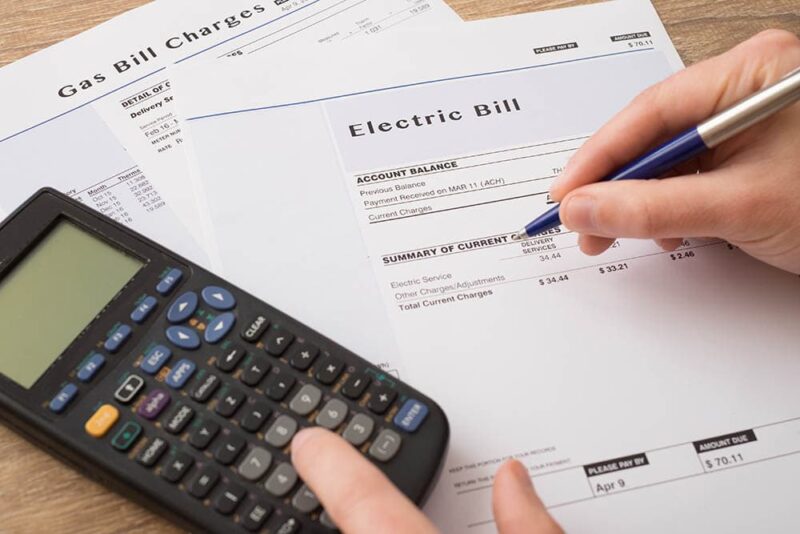
As fossil gas prices keep going up, it’s getting increasingly hard for the average American worker to pay the bills in 2022. Since most households in the US use natural gas furnaces, that means more money to pay every month. And with the country entering a recession, the food, transportation, and, more importantly, energy prices aren’t about to go down any time soon.
So, what can you do to lower the ever-rising heating bill? How can one save on the energy bill in the upcoming cold months while keeping the house warm? After talking to experts in the field and doing our own extensive research, we came up with a list of the most effective and efficient solutions. Let’s check them out!
The 12 Tips & Tricks to Lower Your Heating Bill
1. Set the Thermostat to a Lower Temperature
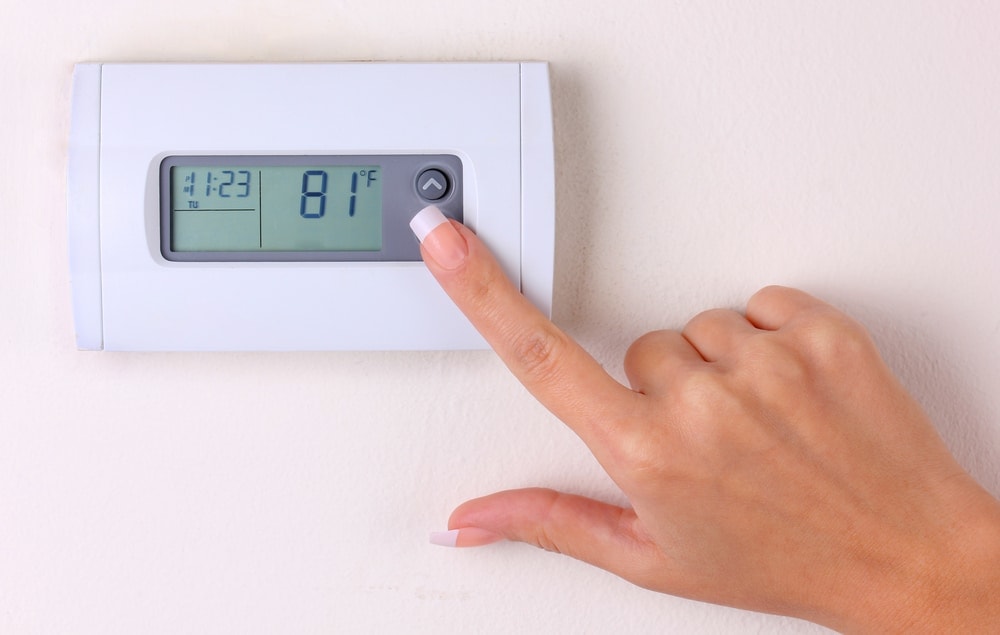
This is an obvious yet highly effective solution. All you have to do is program the thermostat to lower temps, which should do the trick. According to the experts, you can lower the energy bill by 2% for every degree. Thus, setting the furnace to 60 degrees Fahrenheit versus 65 will reduce the heating bill by around 10%, which is quite a significant difference.
Tweaking the water thermostat will also yield results. Set it to 100–120 degrees. That way, it will be easier for the system to heat the water and keep it warm, thus lowering the bill. As a bonus, you’ll get to reduce corrosion and mineral levels in the pipes. If you do everything right, that can save up to $400 in a year while keeping the pipes healthy. Make a habit of taking shorter showers—that will help as well.
2. Opt for a Smart Thermostat
If your furnace is relatively old, it likely came with a standard-issue thermostat. What you can do is go for a smart system instead. A smart thermostat adjusts the temperature in the house according to your preferences. In contrast to a programmable thermostat that allows for setting different temperatures for the day and the night, a smart system does all that autonomously.
You won’t have to turn the furnace down every time you leave the house! On average, a brand-new smart thermostat will set you back $200–300, with expert installation coming in at $400–450. In the long run, this will be a beneficial investment, especially if you live in the colder parts of the US, where every single bit of automated furnace control counts.
3. Isolate Unused Rooms
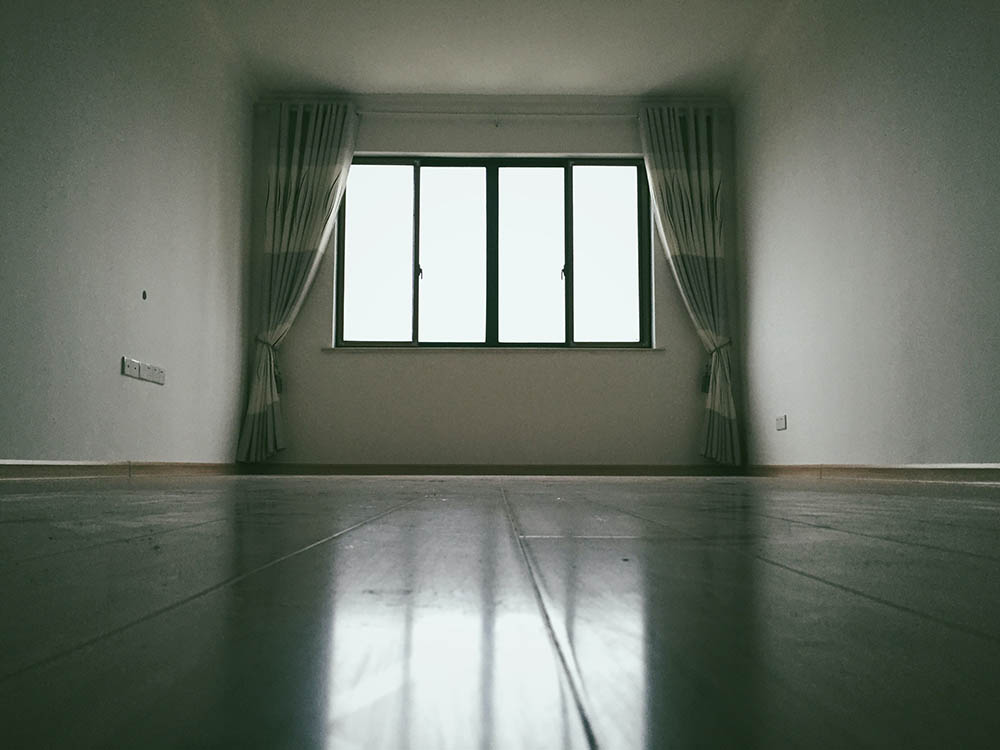
Is there a room in the house that you rarely visit? Then why keep on heating it for no reason? Close the door, put a towel at the base to seal it for good, and maybe put a chair or something in front of it to let everyone know that the room is off-limits. This is important: it’s generally not recommended to close the vents in empty rooms, as that will put extra pressure on the furnace and the entire heating system.
Potentially, this could lead to an expensive repair. So, what’s the solution here? Don’t shut the vents down completely; dial them down a bit. For example, instead of setting the thermostat to 60–65 degrees, only heat that room to 40–45 degrees. Don’t go lower than that, though, because the water pipes might crack and burst.
4. Check on the Windows and Doors
We’re talking about weather stripping, of course. Most modern-day homes have them; the same can’t be said about older households, however. Besides, the stripping does wear off over time. So, take a moment to check every window and ensure they’re not letting any air in or out. Protective foam doesn’t cost a fortune but does a decent job of sealing the windows.
It also has a noise dampening effect. While you’re at it, inspect the doors as well, as they can be an even bigger issue. Oh, and don’t forget to put up a draft guard in the fireplace; otherwise, warm air can escape through the chimney. Outlets and light fixtures in an old house can also have air leaks: seal them up.
5. The Ceiling/Roof Comes Next
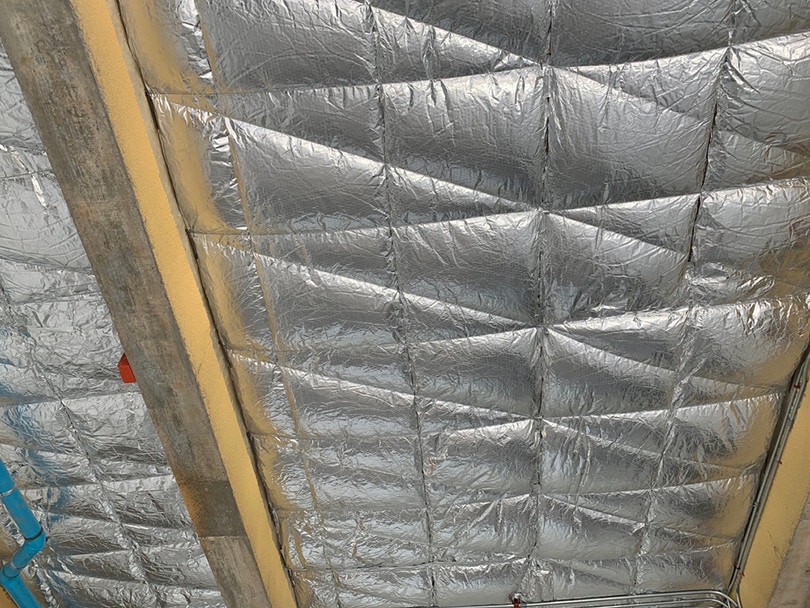
The roof is usually the last thing that we check when thinking about insulation. But, if it’s poorly “fortified”, most of that precious warm air will escape the house, making room for the cold outside air. To do this right, invest in 10–12-inches thick insulation: it will be effective during the harshest winters. And what about insulating the walls? Well, if you’ve got the time and the budget for that, definitely go for it!
Do you have a set of ducts in the attic or the basement? Sealing them will help further improve the situation and keep hot air in. Some cheap foil tape or any sealant from a local shop will do.
6. Tune up the Furnace and Install New Filters
No matter how advanced and well-maintained the furnace is, you’ll still have to change the filters once in a while. In a forced-air system, all the dust, pollen, pet hair, and insects get trapped inside the filters. As a result, the overall efficiency of the heating system worsens. We recommend installing new units at least once during the winter season to make sure the furnace runs smoothly.
Ready to pay a bit extra? Then consider replacing the filters once in 1–2 months. You can order a pack of these for $40–80 on Amazon, Home Depot, or a local store. Buying a service agreement package will be an even better move. With it, you’ll get an annual tune-up/inspection of the entire system by a licensed specialist. Regular maintenance has proven to boost the efficiency of a furnace and make it last longer.
7. Consider Replacing the Old Furnace

If you live in an old house, the furnace is to blame for steep energy bills. If that’s the case, no tune-up or inspection will be able to “revive” it. That’s why you should think about replacing it with a brand-new system. It will cost a lot, of course, and will take time to install. However, in the long run, you will end up saving money on a lower heating bill.
Switching to geothermal heating is also an option. It’s very expensive, though (50–70% pricier). The tradeoff, again, is efficiency. Geothermal heating is up to 40% more efficient than the best furnaces and lasts almost twice as long (25–30 years versus 15–20 years).
8. Master the Art of Closing/Opening the Drapes
There will be no life on Earth without the sun. It’s the biggest natural light and heat source, and you can use it as a free furnace by opening the blinds. When the sun goes down, be quick to close the drapes and protect the house from the cold outside air. This won’t cut the heating bill twice or anything like that, but in these uncertain times, every saved dollar counts!
9. Go for Electric Blankets and Warm Clothes

As you’ve probably already guessed, an electric blanket has only one purpose: to keep you warm at night. With it, you can dial the thermostat down a bit and still make it through the night without catching a cold. Right now, you can get such a blanket for $50–80, which is a fair price. And why not change into something warmer as well?
At first, it might be uncomfortable having layers of sweaters and shirts on, but that will change very soon. Cozy wool socks are mandatory as well. Another thing you can do is buy a space heater. While you shouldn’t expect it to heat the entire house, it will be just right for boosting the temperature in a single room.
10. Don’t Turn the Ceiling Fan Off
Warm air always moves to the ceiling, pushing cold air down to the floor. To battle that, set your ceiling fan to reverse mode. That way, the warm air will be forced to flow into the living space. What will happen then? The overall temperature in the room will not change much. But, you’ll definitely feel more comfortable with the warm air more evenly spread out across the space. This will only work in the winter, though.
11. Switch to Microwaves and LEDs
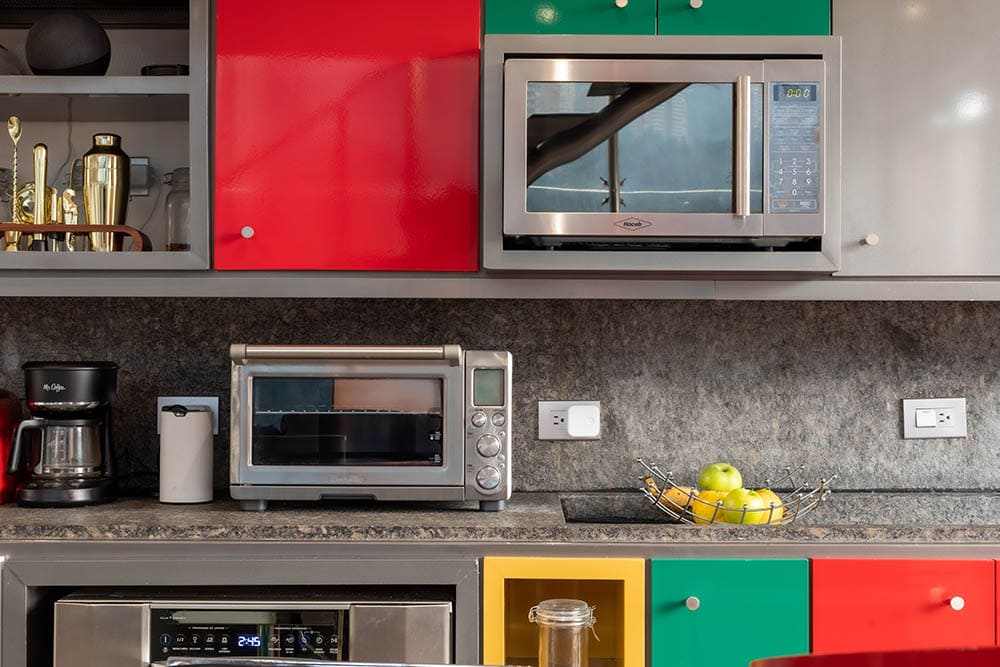
Did you know that ovens are up to 80% less energy-efficient than microwaves? If you’re used to heating your food before eating it (pizza, bread slices, or, let’s say, leftovers from yesterday), switching to a microwave oven will have a positive effect on the monthly heating bill. The same is true for Light Emitting Diode bulbs, commonly known as LEDs.
Compared to incandescent lights, LEDs are 75% more energy efficient. And they last 20–25 times longer. The bigger your house and the more lights you have, the more significant the difference in energy consumption will be. Even if you only replace 10 bulbs, that will save you $150 per year. By 2035, most American households and businesses will be equipped with LED bulbs. Join the trend right now!
12. What about an Energy Audit?
Some people are skeptical about energy audits, but they can actually help you find multiple spots in the house that are letting cold air in. Along with that, the professional will tell you what needs to be done to fix the issue(s). In 2022, specialists charge $100–200 to check an average-sized (1,200 square feet) home. They’ll have all the right tools and experience to pinpoint the problematic areas.
Having a hard time finding a reliable energy auditor? Contact the local electric company: they will be able to find the right person for the task. And one more thing: check if there are any Energy Assistant Programs in your state/city. Depending on how much money you make and how big your family is, you might be eligible for help from the government.
Why Do the Heating Bills Keep Going Up?
At first, when the COVID-19 pandemic took the world by storm, the prices of natural gas and electricity plummeted. However, as soon as governments started to lift restrictions, that led to increased demand, and the prices spiked. Next, just when international efforts were starting to pay off, the war in Ukraine crushed the positive trend, making the prices skyrocket once again.
Right now, Europe is largely refusing to buy natural gas from Russia. However, instead of making the cost go down, this decision is pushing it to record highs. Furthermore, the demand for gas is rising in Asia (mostly, China and India), which, again, only means one thing: historically high oil prices. And with the stakes in Ukraine getting higher and recession taking over, don’t expect heating bills to go back to 2020 any time soon.
What Is the Government Doing to Stop This?
Back in April, the government released $385 million to lower home energy bills. The goal was to help struggling families and individuals handle the soaring cost of cooling and heating. Overall, in the fiscal year 2022, the Home Energy Assistance Program funding has reached $8.3 billion. The government even had to access the Strategic Petroleum Reserve. Also, oil giants were persuaded to increase capacity and meet the demand.
On top of that, the president is encouraging Congress and state heads to suspend the federal gas tax (at least for 3 months). With that said, the administration is determined to follow the policy against conventional energy (coal, natural gas, and oil) and focus on green, renewable energy. In the long run, that will help the country become a leader in the field. However, that’s not going to happen any time soon.
This transition will take at least 15–30 years, and the only option on the table for the government is to keep giving households across the US extra money to weather the storm. Solar panels and wind turbines have proven to be efficient, but, again, it will take many years before they can successfully replace fossil fuels.
In Conclusion
Due to the rising cost of fuel, the heating bills in the US have soared dramatically. That’s taking a heavy toll on the budget of the average household in the States. And while the government is doing its best to fight this, it’s not enough to compensate for the inflation. Today, we talked about the 12 most effective ways of lowering the monthly heating bill and making it through the fall and winter months.
While these remedies won’t make wonders happen, if you follow our guide and take action, you will see a significant drop in your energy bill. This is especially true if you live somewhere up north. Change your habits a bit, take care of your family, and…stay frosty!
- The White House – Low Income Home Energy Assistance Program Funding
- Health & Human Services – Low Income Home Energy Assistance Program (LIHEAP)
- President Biden Calls for a Three-Month Federal Gas Tax Holiday
- The impact of the COVID-19 pandemic on prices for petroleum products
- Yes, Russia’s War on Ukraine Did Raise the Price of Gasoline
- Do-It-Yourself Savings Project: Lower Water Heating Temperature
- How Much Does It Cost To Hire A Home Energy Auditor?
- Geothermal Heat Pump Frequently Asked Questions
- USNews – 7 Ways to Lower Your Heating Bill
- RamseySolutions – 11 Ways to Lower Your Heating Bill
- 17 Ideas for Lowering Your Heating Costs in the Winter
- Is Geothermal Heating Worth It
- PG&E – Ways to save this winter
- Energy.Gov – Solar Futures Study
- Energy.Gov – Led Lighting
Featured Image Credit: tommaso79, Shutterstock
Contents



